Timothy O'Shea
Detecting Irregular Network Activity with Adversarial Learning and Expert Feedback
Oct 01, 2022



Abstract:Anomaly detection is a ubiquitous and challenging task relevant across many disciplines. With the vital role communication networks play in our daily lives, the security of these networks is imperative for smooth functioning of society. To this end, we propose a novel self-supervised deep learning framework CAAD for anomaly detection in wireless communication systems. Specifically, CAAD employs contrastive learning in an adversarial setup to learn effective representations of normal and anomalous behavior in wireless networks. We conduct rigorous performance comparisons of CAAD with several state-of-the-art anomaly detection techniques and verify that CAAD yields a mean performance improvement of 92.84%. Additionally, we also augment CAAD enabling it to systematically incorporate expert feedback through a novel contrastive learning feedback loop to improve the learned representations and thereby reduce prediction uncertainty (CAAD-EF). We view CAAD-EF as a novel, holistic and widely applicable solution to anomaly detection.
Wideband Signal Localization with Spectral Segmentation
Oct 01, 2021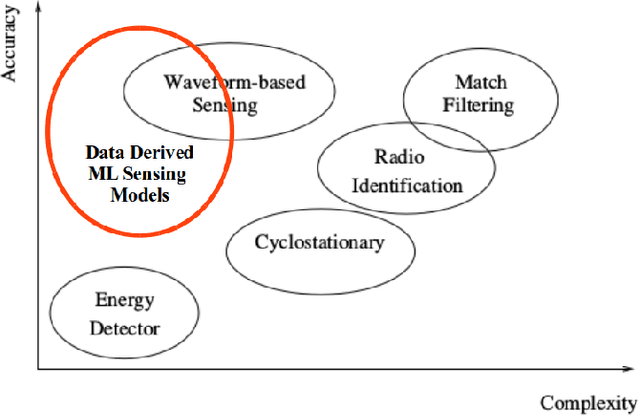
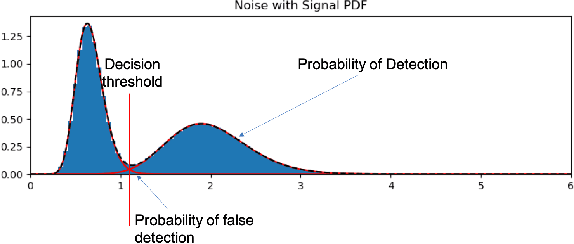
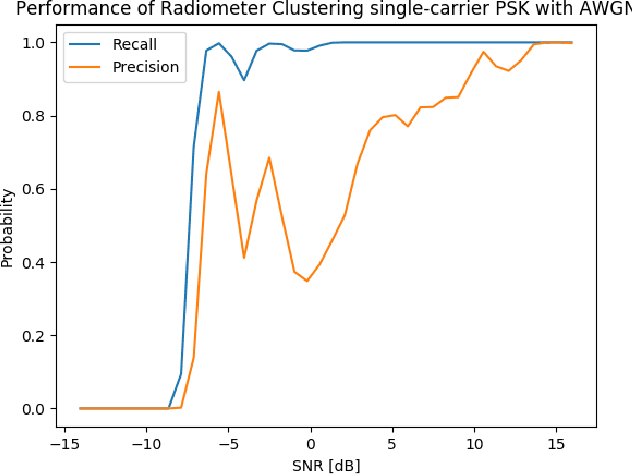
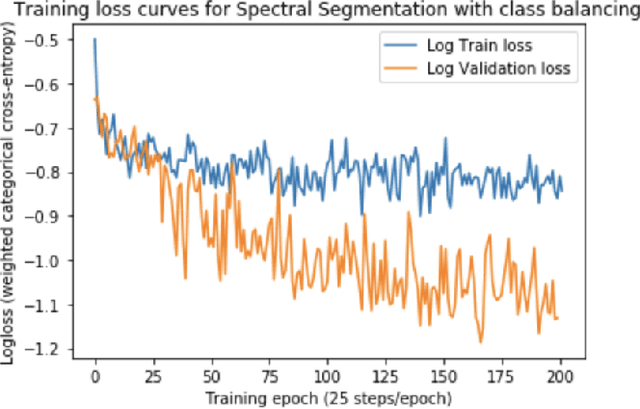
Abstract:Signal localization is a spectrum sensing problem that jointly detects the presence of a signal and estimates a center frequency and bandwidth. This is a step beyond most spectrum sensing work which estimates "present" or "not present" detections for either a single channel or fixed sized channels. We define the signal localization task, present the metrics of precision and recall, and establish baselines for traditional energy detection on this task. We introduce a new dataset that is useful for training neural networks to perform this task and show a training framework to train signal detectors to achieve the task and present precision and recall curves over SNR. This neural network based approach shows an 8 dB improvement in recall over the traditional energy detection approach with minor improvements in precision.
* arXiv admin note: substantial text overlap with arXiv:2110.00518
A Wideband Signal Recognition Dataset
Oct 01, 2021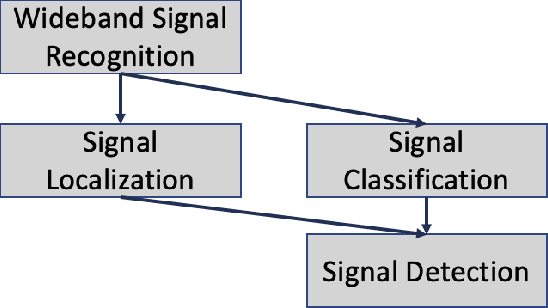
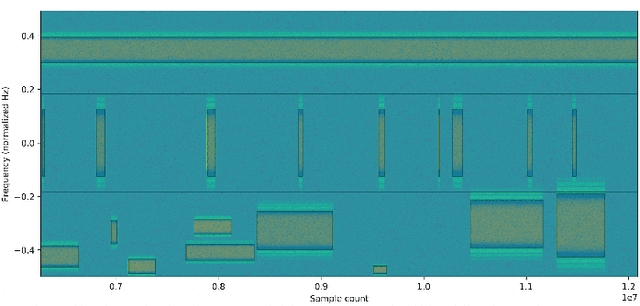
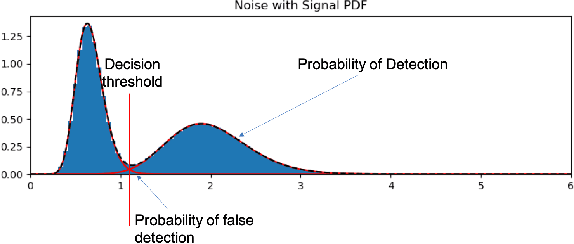
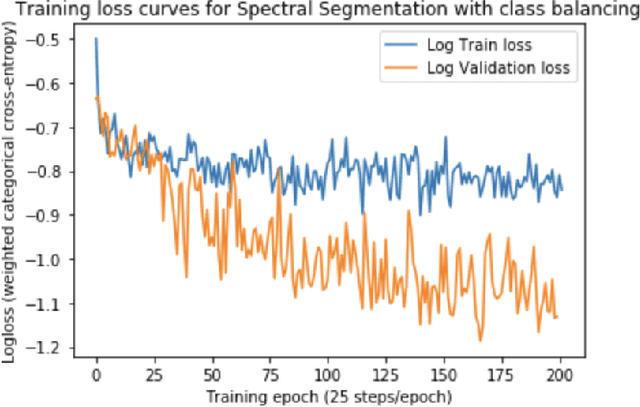
Abstract:Signal recognition is a spectrum sensing problem that jointly requires detection, localization in time and frequency, and classification. This is a step beyond most spectrum sensing work which involves signal detection to estimate "present" or "not present" detections for either a single channel or fixed sized channels or classification which assumes a signal is present. We define the signal recognition task, present the metrics of precision and recall to the RF domain, and review recent machine-learning based approaches to this problem. We introduce a new dataset that is useful for training neural networks to perform these tasks and show a training framework to train wideband signal recognizers.
 Add to Chrome
Add to Chrome Add to Firefox
Add to Firefox Add to Edge
Add to Edge